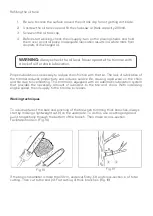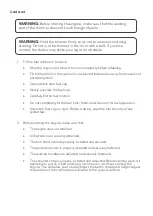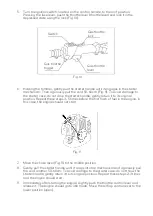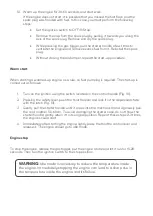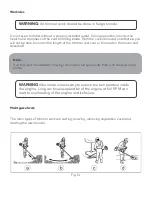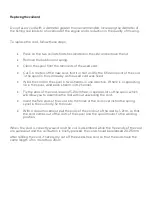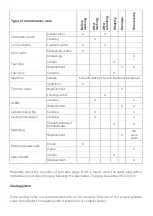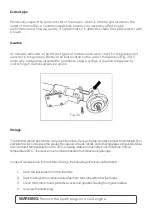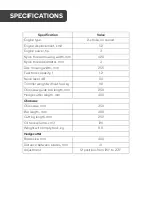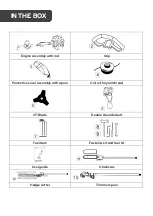
Trimming
With this type of work, the grass is selectively mowed in a small area by moving the trimmer
in a straight line. Move the trimmer carefully to the place to be cut (Fig. 12 a). Tilt the head a
little to the side so that the waste does not fly in your direction. If you are close to the barrier
(fence, tree, wall), approach it at an angle so that the waste does not ricochet in your
direction. Be especially careful near a wire or wire fence. Place the trimmer reel so that the
ends of the cord are close to the base of the weed (if you lift the cord higher, the stem will
swing and wind onto the reel axis). Use a cutting device to remove the stems successively, if
necessary.
Mowing
Grass mowing in large areas occurs by moving the trimmer in an arc (Fig. 12 b). Move easily
and smoothly; do not make sudden movements. Tilt the head in such a way that the
discarded waste is directed away from you as the trimmer moves. Move trimmer in an arc
parallel to the ground to mow grass and then return to the original position without mowing.
If you are well protected and not worried about the waste thrown in your direction, then you
can mow in both directions.
Bordering
When vegetation is removed after work, the bare ground remains,
Border processing is cutting the grass when forming the borders of a lawn or in places where
it has grown along a sidewalk or road (Fig. 12 d). In both cases, tilt the trimmer reel at a
steep angle to prevent dirt and stones from falling into you. Choose the angles that suit your
size and working situation. For most types of trimming, the trimmer coil should be tilted so
that the cord ends are in contact with the surface from the side where the coil moves away
from you (Fig. 13).
Fig. 13
Place of contact
with surface
Direction
discarding waste







